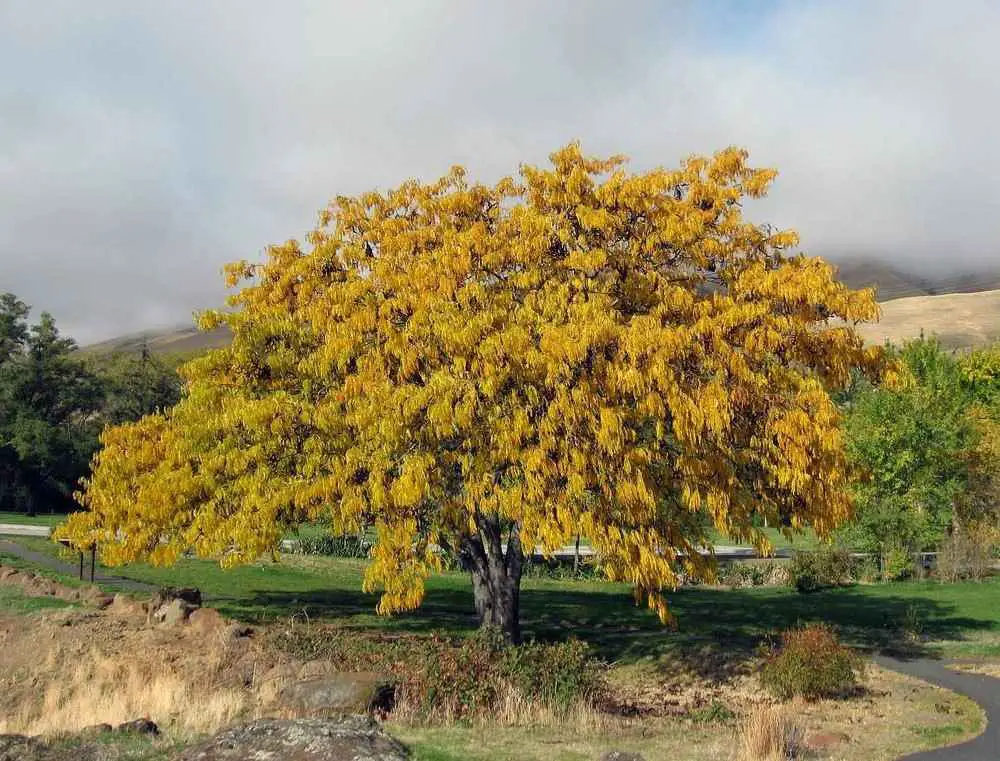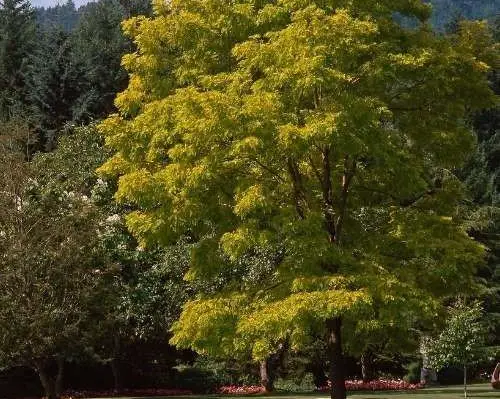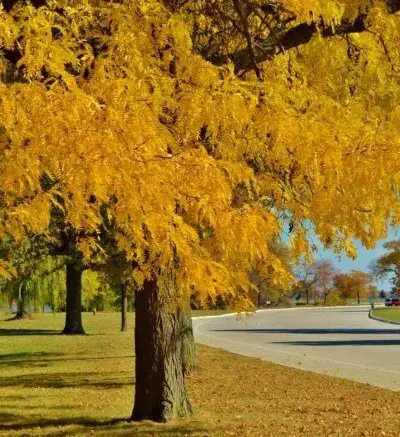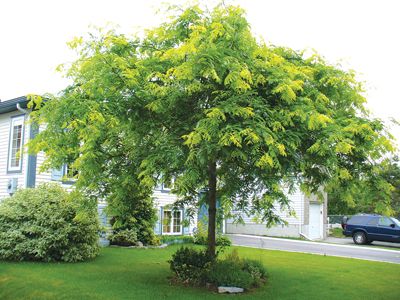Arkansas is home to many trees and houses the most variety of trees and plants in all American States.
Locusts, like many other plants, are native trees to Arkansas, and varying varieties of Locust trees can be found throughout Arkansas.
Although Locust trees are commonly found all over the United States and have now spread to Europe and Asia as well, Locust trees are commonly found in Arkansas State.
Honey Locusts and Black Locusts are the most common variety found in Arkansas and are used for several purposes throughout the state.
Honey Locust trees are the most commonly found trees but are not preferred by locals because of the dangerous thorn that protrudes out of the branches and trunk.
Black Locusts are most commonly used for shade, windbreakers, shelterbelts, lumber production and cultivation, and even as ornamental trees.
How do you identify a locust tree?
A Locust tree is easily identifiable because of its characteristic trunk with thorns and unique leaves.
The Honey Locust can clearly be recognized by the tough and dangerous projecting thorns that can grow as long as 12 inches.
Thornless versions are also available, and they are preferred for landscaping and growing for obvious reasons.
The Honey Locust is not a preferred choice for landscaping.
The thorns are commonly present on the trunk and the tree branches, making it difficult for anyone to come near it.
They are medium-sized trees but offer pleasant shade and can be found along the greenbelt and curb for shade.

The leaves of the Honey Locust are unique; they have small pinnate and compound leaves, including small leaflets.
A mature black locust tree does not have thorns but scaly and deeply furrowed dark brown bark.
Though, you may find thorns on young black locust trees.
They are medium-sized trees but offer wonderful shade and quality timber and posts.
The leaves are like Honey Locusts and are pinnately compound and deciduous.
Black Locusts are ornamental plants with snowy white flowers growing in clusters and are beautifully fragrant.
Finger-sized fat legumes can be seen hanging from the trees that are the Black Locust’s fruit and contain 4 to 8 seeds per pod.
Is a locust tree a good tree?
A locust tree may be considered a pest outside the native territory and ‘invasive’ because of its fast-growing nature; it is beneficial if properly managed and taken care of.
Locusts are fast-growing trees adaptable to changing environments, climates, and soil.
This is the main reason for making it widespread in many areas.
The fast-growing nature for some may be seen as helpful, but some declare it an ‘invasion.’
The locust trees are not only commonly used as road trees and planted along the curbs but have a plethora of uses.

The massive trunk and widespread branches help it be used for shade and as a windbreaker in urban areas.
The extensive branches and compound leaves offer many birds and animals natural habitat.
Black Locusts are used for ornamental plants and landscaping because of the beautiful and fragrant white flowers that usually appear from April to June and can even extend till July.
Are locust trees good for anything?
Locust trees are abundantly found in Arkansas and locals make the most of this abundance.
The trees have deep radial roots that help the massive trees to stand firm on the ground.
The strong roots serve as a brilliant agent to prevent and reduce soil erosion in most areas.
The trees provide a natural habitat for many birds and animals; as they sprout, they can accommodate more animals that are growing in population.
They use the nitrogen from the air, purifying the air and speeding up their growth.
The incredible growth speed makes it beneficial for farmers and animals.
The leaves have a great nutritional value close to alfalfa (commonly used for livestock feed), making them a wonderful alternative for livestock feed.
However, greater consumption of the leaves may be poisonous, but most farmers do not worry about this as the animals naturally limit their intake.
Locust trees are a significant source of nutrition for other crops and serve as “nurse” trees to enhance inter-planted crops like black walnuts or barley growth.

These trees are popularly used for honey production as their flowers are very juicy and have high nectar content making them a superb source of food for honeybees.
The benefits and uses are many, with each part of the tree contributing.
The wood got from the locust trees has high BTU ratings, so it is a significant energy source and can efficiently be used as firewood.
The locust trees’ wood is highly rot-resistant, making this high-density wood perfect for timber use.
The wood is commonly used in projects that require weatherproofing and is a common wood for fences, decks, outdoor furniture, and hope poles.
Because of the many uses and benefits of the tree, locusts are commonly traded across Arkansas and the United States.
Is a locust tree poisonous?
Farmers moderately use Locust trees to feed their livestock, but excessive consumption can be toxic.
Different parts of the Black Locust can be toxic for pets, the bark and the seeds being the most poisonous.

If pets intake any of these tree parts, they can experience weakness, diarrhea, vomiting, difficulty breathing, and cold limbs.
In case of any such signs, it is best to consult a vet immediately to prevent the worsening of the situation.
In a nutshell:
The Locust trees are native to Arkansas State and have a love-and-hate relationship with the locals.
The tree’s many uses make it desirable for many, and they are cultivated on well-managed farms.
They are also grown along the curbs and roadside for animal shelters and windbreaks.
But the unpleasant things related to the tree are a nuisance and, therefore, are avoided from being planted in yards.
The plant’s adaptive nature and fast growth have made it a permanent resident of many parts of the state and many other states.